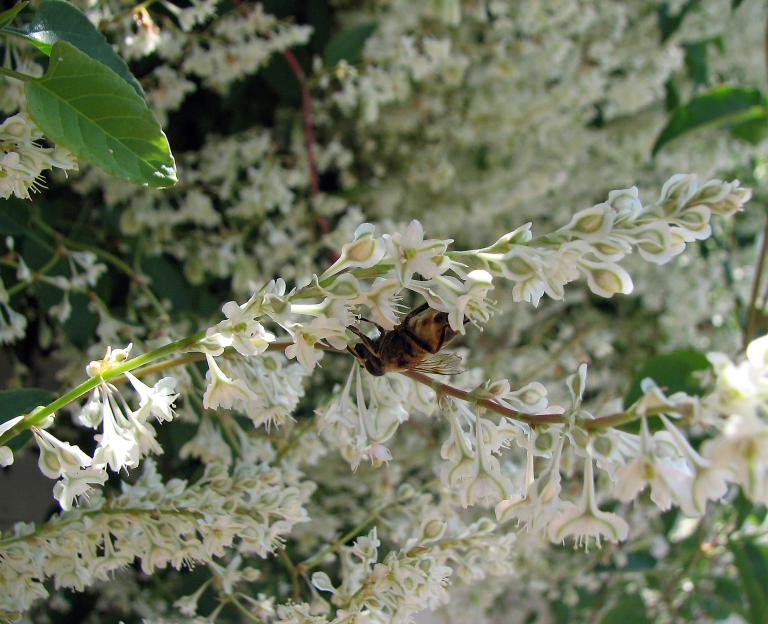
Originally Posted by
Emma

... There's a quite distinctive smell, too, which I also noticed from one of the city colonies last year. Odd, and a bit sour. Last year I indulged in a brief panic that it was some bee disease, but I rapidly concluded it was something they were foraging. I thought it was the propolis they were finding at that end of the year; I'm now wondering whether it's the smell of ivy honey. Maybe a comination of the two? Certainly wasn't disease: that colony have thrived relentlessly all year.
I've been too busy showing off the dusty medieval tower this weekend to get online again till now. But I did get to my apiary again this evening, and the foraging was interesting. There's definitely a flow on. It's definitely strong in the evening - second time that they were still going for it at 5:30pm, while lunchtimes have been quite quiet. And this time I saw bees who had both the little pale triangles on the front of their heads, and yellow pollen loads on their baskets. I'm increasingly sure the yellow is ivy. There's a lot of it round here, and I walked past some yesterday that was loud with bee flies and wasps.




 Reply With Quote
Reply With Quote





Bookmarks